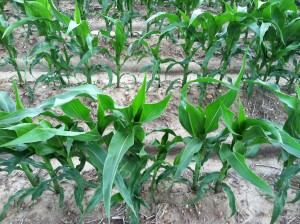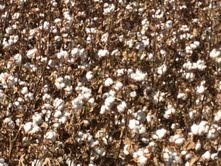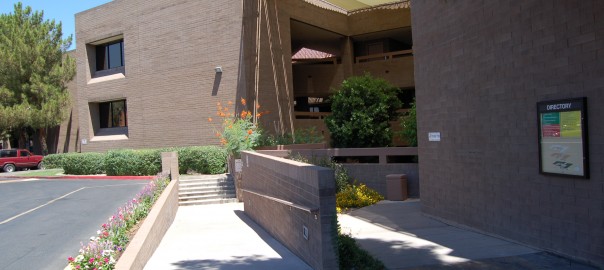 In farming, some farmers are more profitable than others. Expenses, scale, weather, markets and efficiency all play a role in the overall profitability of a farm business which is why even farmers who grow the same crop can experience a wide range in profitability. So how does a farmer increase their profitability? They start by creating a budget that’s monitored and managed throughout the year; making adjustments where needed.
In farming, some farmers are more profitable than others. Expenses, scale, weather, markets and efficiency all play a role in the overall profitability of a farm business which is why even farmers who grow the same crop can experience a wide range in profitability. So how does a farmer increase their profitability? They start by creating a budget that’s monitored and managed throughout the year; making adjustments where needed.
A budget serves many purposes. First and foremost it forces a farmer to put everything down on paper and view it as a complete operating business with many moving parts. It allows the farmer to see how each part affects the other. With a slight change in one of the parts, the farmer can see how it changes another part and what kind of impact it will have on the overall business as a whole.
A budget is a plan of action that should be adhered to as closely as possible. By doing this, rash decisions won’t be made. The plan will be followed and when and if something unexpected comes up, it can be placed into the budget and the farmer can quickly see how it affects the overall plan. They will know in an instant if it will have a negative or positive impact on the profitability of their farm business.
Budgets should be compared to farming industry standards including the industry standard farming budgets. These can typically be found on the website of an Agricultural College within the local University. Many things can be learned when comparing a farmer’s budget to the local industry standards. With a quick glance, a farmer will know if their bottom line is in line with the other farmers in his/her region. If not, the farmer can look line item be line item to find the inconsistencies. He/she will be able see if he/she is paying too much for items such as; fertilizer, seed, payroll. Or maybe, the farmer is using more water than the other farmers in his/her region. In a quick glance the farmer will see any inconsistencies there are between his/her budget and the region’s industry average. This allows the farmer to then quickly and efficiently make changes he/she needs to make that he/she may otherwise not have known about prior to creating a budget.
In addition to being a way to see everything at a glance and making comparisons to the industry standards, a budget can also be used to set goals. A budget allows a farmer to see year to year changes in expenses and sales which can then be compiled and averaged. Once there is an average for all expenses and sales, goals can be set and placed within the budget spreadsheet. The farmer can monitor this throughout the year to see if they are on track and if they aren’t, they can make the changes necessary to get on track. By doing this, the farmer isn’t waiting until after the season is over to see how well he/she did. By then, it is too late to make the changes needed to correct the problem. With a budget, the farmer will know exactly how they are doing throughout the season.
The most profitable farmers create a budget and manage issues that take them off track as they arise. There are more out of our control variables when it comes to a farming business than other types of businesses. Things like weather and water shortages all play a role in throwing a wrench into a farmer’s profitability. This is why it is even more important to have control where you can with a farming business.








